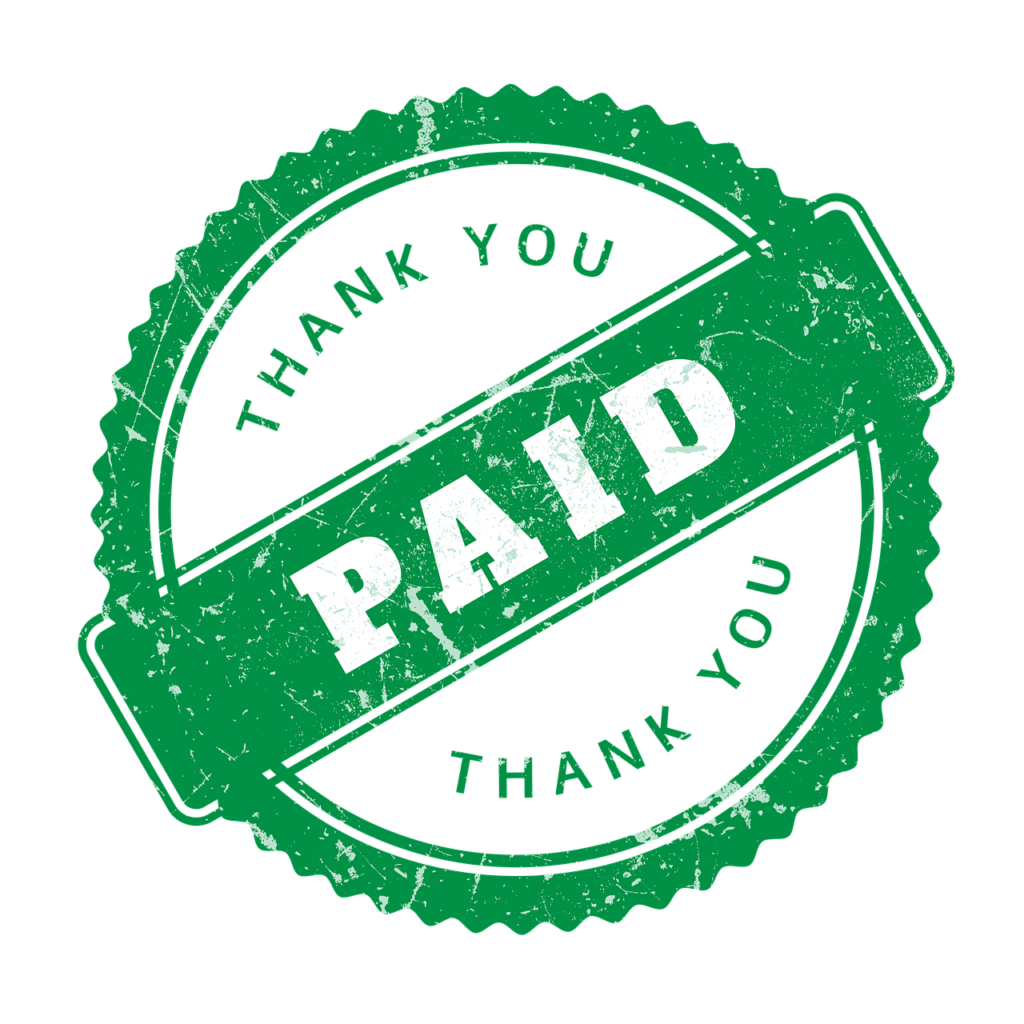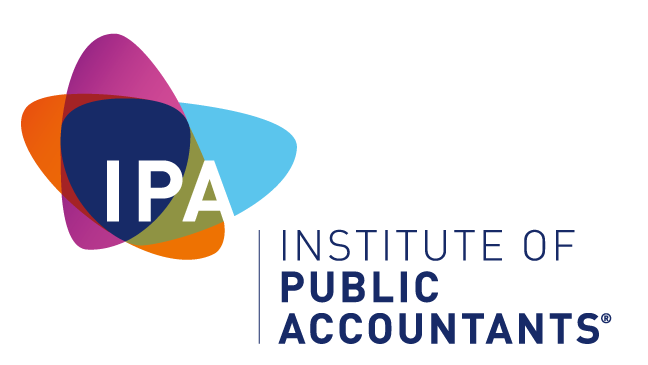Steady, reliable cash flow is crucial for the survival of your business – so taking steps to ensure your customers pay promptly is a key priority.
Debtor days refers to the length of time it takes clients, on average, to pay you for the work you’ve done. A higher number of debtor days means clients are taking longer to pay you. A lower number of debtor days means clients take less time to pay you, which means there’s more cash available for your business to use.
In the construction industry particularly, debtor days can blow out for many months but other industries also suffer from long cycles at times. Shortening that cycle can have a huge impact on your cash flow.
When your clients consistently pay on time, you’ll avoid the dreaded “feast or famine” cycle. You’ll be able to pay your vendors, suppliers, and employees on time, and, not least of all, yourself. Additionally, if clients start taking too long to pay you, you may leave money on the table and not be able to collect anything at all; especially if they are having cash flow problems.
Implement these nine tips to get paid without delay.
1. Provide payment terms upfront
Before you start working with any new client, always provide your terms in writing. Clearly state your rates, payment due dates, and your policies regarding late payments – including any fees you’ll charge on balances owing. Make sure your client signs the agreement indicating that they are aware of your terms and conditions. Don’t work with any client who refuses to sign.
2. Understand your client’s payment process
Large clients may have lengthy payment processes that require invoice verification. They may also receive dozens, or even hundreds, of invoices on a regular basis. As a result, their policy may be to pay invoices only on certain days or only after so many days have passed from receiving the invoice.
If possible, submit your invoices with their payment cycle in mind. If they only pay on the 15 of the month, get your invoice in before that date, so you can get paid this month instead of next. Make sure your invoices have all the information your client needs to quickly and efficiently approve your invoice. Have a checklist of all the information to include so they can approve it without coming back to you with questions.
3. Invoice immediately
Invoice as quickly as you can. If you invoice on completion of a project, have your invoice ready to go by the final day, so you can send it right away. Every day you wait to send an invoice is another day you’ll wait to be paid.
If you’re currently preparing your invoices manually, switch over to an accounting system with automated billing. You’ll never forget to invoice a client, and you’ll eliminate errors. You’ll also be able to see when the invoice was sent, who it was sent to, and when they viewed the invoice.
4. Follow up on invoices
Send an invoice reminder before payment is due. People forget about their invoices, or invoices get misplaced, and a simple reminder can go a long way to helping clients remember.
Call your customer immediately when a payment is past due. Ask for the status of the invoice and if there’s anything you can do to speed up payment. Sometimes a simple change, like including a purchase order number on the invoice, can speed up processing times.
5. Reward early payers
Consider offering clients a 2% discount when they pay their invoice within ten days. In this scenario, a $1000 invoice would be reduced to $980 – not a huge loss for you, but an attractive cash-saving incentive for your customers. It can be worth it if it frees up cash for your business.
6. Charge interest
As part of your terms, specify that if a client’s payment is past due, a weekly fee of 2% will be added onto the total until funds are received in full. If the client goes past due, charge the interest.
7. Get paid upfront
Collect a partial deposit – or the entire amount in full – before you begin a project.
8. Suspend service
Stop your supply of products or services until you receive payment. With this tactic you’ll avoid the accumulation of an even greater loss with a consistently late or non-paying client.
9. Stay on top of who owes you
Monitor who owes you money and how much on a weekly basis so you can act fast if a customer hasn’t paid on time.
Final thoughts
Perhaps the most important tip for encouraging prompt payment is excellent communication. Be clear on your terms and ensure you send out your invoices promptly.
When you follow up on a late invoice, ask when you can expect payment, and agree on a date.
If the money still isn’t forthcoming, consider your legal options. You may not want to resort to legal action, but it’s important to send a message not only to that nonpaying client, but also to others that you will take necessary steps to ensure payment.









